Introduction to Hard Surface Modeling
A course by Victoria Passariello Fontiveros , Digital Artist
Joined April 2019
Learn the techniques and tools to make robots using polygonal-design programs like Maya and 3ds Max
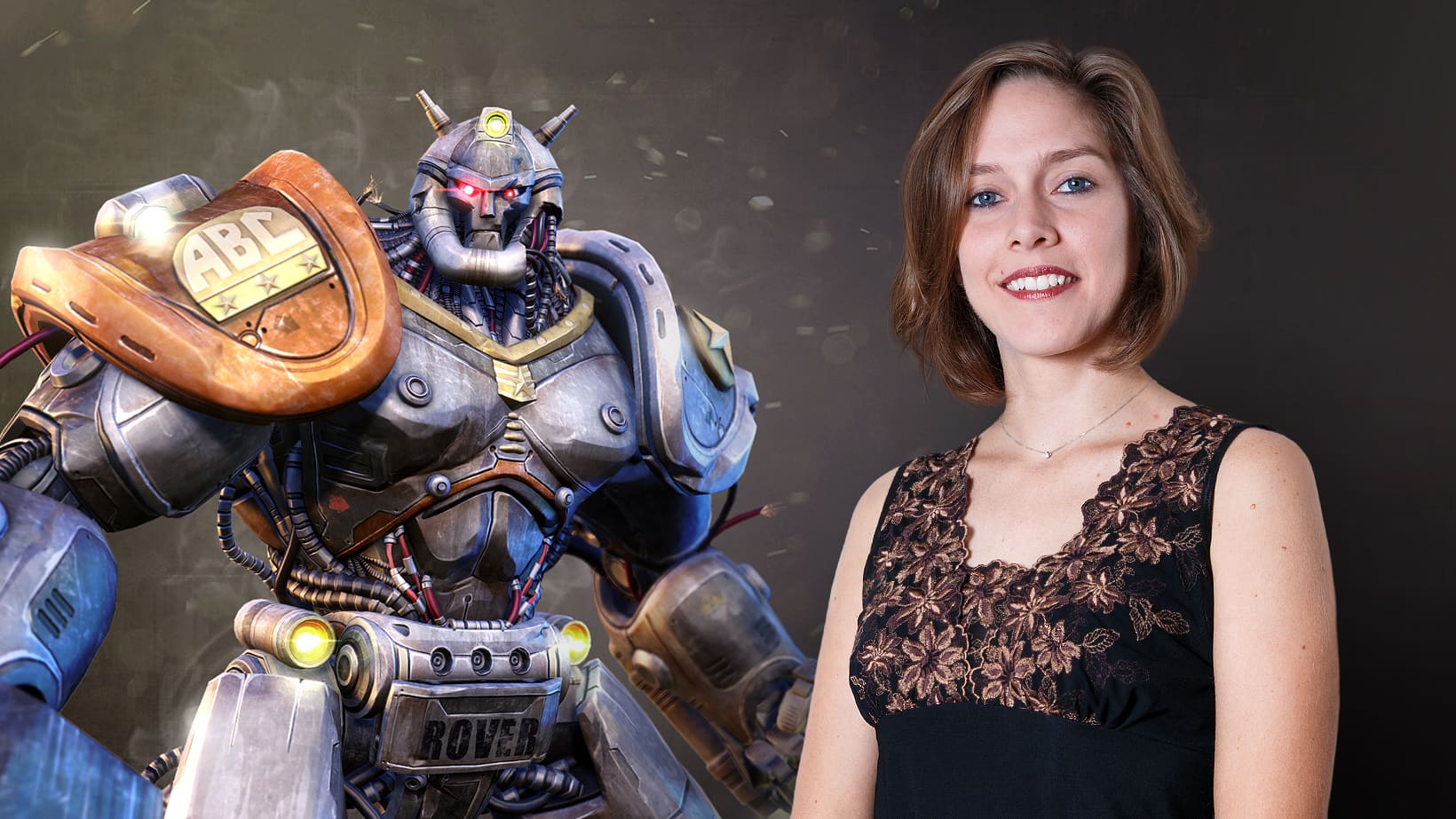
Learn the techniques and tools to make robots using polygonal-design programs like Maya and 3ds Max
Creating robots and sci-fi characters with stories that go beyond the present is what Victoria Passariello, a 3D video-game and visual-effects artist, is passionate about. Specializing in hard-surface modeling, a method with which she works on rigid surfaces, achieving smoothness, details, and textures in the material, she has created characters and models with a mechanical appearance for games such as BattleTech and The Mandate, trailers such as Outriders and Destiny Warmind, and Netflix shows.
In this introductory course to hard-surface modeling, learn the necessary techniques and tools that Victoria uses to model a simple robot with Autodesk 3ds Max—the software that the teacher uses—or any other polygonal-design program of your choice, render different images with KeyShot, and carry out effective post-production in Adobe Photoshop.
What will you learn in this online course?
36 lessons & 12 downloads
- 91% positive reviews (137)
- 3,055 students
- 36 lessons (7h 12m)
- 12 additional resources (6 files)
- Online and at your own pace
- Available on the app
- Audio: Spanish
- Spanish · English · Portuguese · German · Italian · French · Polish · Dutch
- Level: Beginner
- Unlimited access forever
What is this course's project?
Model a robot or science-fiction character with the hard-surface modeling technique.

Projects by course students
Who is this online course for?
This course is for designers, amateur digital artists, architects, and anyone who wants to expand their knowledge of hard-surface modeling.
Requirements and materials
You need basic knowledge of polygon modeling, lighting, and rendering. Having notions of the post-production of images is also useful, although it is not essential.
As for the materials, you need a computer with a polygonal-modeling program—either Autodesk 3ds Max or Maya, or any other program (Victoria teaches you her technique with 3ds Max, but you can work with any program you want). You should also have KeyShot or any other rendering software you already know how to use, and Adobe Photoshop.

Reviews

A course by Victoria Passariello Fontiveros
After graduating in industrial design in 2008, she decided to focus on the creation of 3D models for video games. She taught herself by delving into all the stages of creating a model via DVDs, books, and tutorials from different artists in the field, managing to create a professional-level portfolio after a lot of hard work, which opened the doors to her first jobs in the video-game sector.
Since 2015, she has been working as a freelancer on various video-game projects (BattleTech and The Mandate), visual effects, trailers (Outriders, Destiny Warmind), television series (Star Trek), and augmented reality (Many Worlds).
Content
-
U1
Introduction
-
Presentation
-
Influences
-
What will we do in the course
-
-
U2
Search for references and software
-
Reference Search
-
Software to use
-
Basic tools that I use in Max and Shortcuts
-
Basic tools that I use in Max and Shortcuts II
-
-
U3
Modeling - Creation of the base mesh
-
Creation of the base mesh I
-
Creation of the base mesh II
-
Creation of the base mesh III
-
Creation of the base mesh IV
-
Creation of the base mesh V
-
Creation of the base mesh VI
-
-
U4
Modeling - Form Development
-
Development of forms I
-
Development of forms II
-
Development of forms III
-
Development of forms IV
-
Development of the V forms
-
Development of forms VI
-
Development of forms VII
-
Development of forms VIII
-
-
U5
Modeling - Adding details
-
Adding details I
-
Adding details II
-
Adding details III
-
Adding details IV
-
Adding details V
-
Adding VI details
-
-
U6
Modeling - Support edges for subdivision
-
Support edges for subdivision I
-
Support edges for subdivision II
-
Support edges for subdivision III
-
Support edges for subdivision IV
-
Support edges for subdivision V
-
-
U7
Robot Rendering
-
Clay Render in Keyshot I
-
Clay Render in Keyshot II
-
-
U8
Postproduction of the final render in Photoshop
-
Postproduction of the final render in Photoshop
-
Support images
-
-
FP
Final project
-
Introduction to robot modeling
-
What to expect from a Domestika course
-
Learn at your own pace
Enjoy learning from home without a set schedule and with an easy-to-follow method. You set your own pace.
-
Learn from the best professionals
Learn valuable methods and techniques explained by top experts in the creative sector.
-
Meet expert teachers
Each expert teaches what they do best, with clear guidelines, true passion, and professional insight in every lesson.
-
Certificates
PlusIf you're a Plus member, get a custom certificate signed by your teacher for every course. Share it on your portfolio, social media, or wherever you like.
-
Get front-row seats
Videos of the highest quality, so you don't miss a single detail. With unlimited access, you can watch them as many times as you need to perfect your technique.
-
Share knowledge and ideas
Ask questions, request feedback, or offer solutions. Share your learning experience with other students in the community who are as passionate about creativity as you are.
-
Connect with a global creative community
The community is home to millions of people from around the world who are curious and passionate about exploring and expressing their creativity.
-
Watch professionally produced courses
Domestika curates its teacher roster and produces every course in-house to ensure a high-quality online learning experience.
FAQs
Domestika's courses are online classes that provide you with the tools and skills you need to complete a specific project. Every step of the project combines video lessons with complementary instructional material, so you can learn by doing. Domestika's courses also allow you to share your own projects with the teacher and with other students, creating a dynamic course community.
All courses are 100% online, so once they're published, courses start and finish whenever you want. You set the pace of the class. You can go back to review what interests you most and skip what you already know, ask questions, answer questions, share your projects, and more.
The courses are divided into different units. Each one includes lessons, informational text, tasks, and practice exercises to help you carry out your project step by step, with additional complementary resources and downloads. You'll also have access to an exclusive forum where you can interact with the teacher and with other students, as well as share your work and your course project, creating a community around the course.
You can redeem the course you received by accessing the redeeming page and entering your gift code.
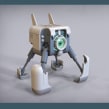


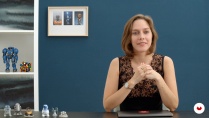
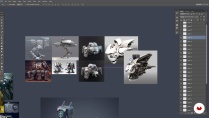

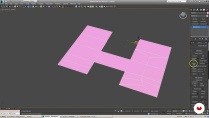
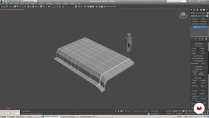
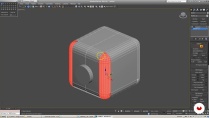

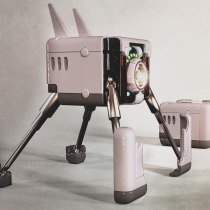
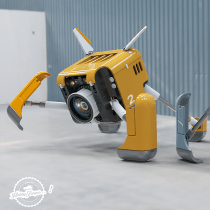
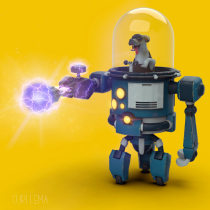



peposky
Necesitaba aprender a modelar en poligonizaciones más duras, en las cuales halla bastantes hendiduras donde aplicar el turbosmooth pudiera destrozar la geometría. Aprender a perfilar este tipo de bordes y la mejor forma de trabajar las aristas de refuerzo me ha resultado muy útil.
Sin embargo, creo que este curso está bien, si como yo, conoces el software y ya tienes conocimientos básicos de modelado. De cero creo que puede resultar un poco frustrante tratar de conseguir este modelado.
View translation
Hide translation
jhonhrom
Excelente curso. Recomendado
View translation
Hide translation
cristozx
buenisimo!!
View translation
Hide translation
carojimenez_23
Buen curso, muestra el proceso de modelado y me pareció muy practico todo el tema de los shorcuts.
View translation
Hide translation
mitrearazvan4
Love this course!